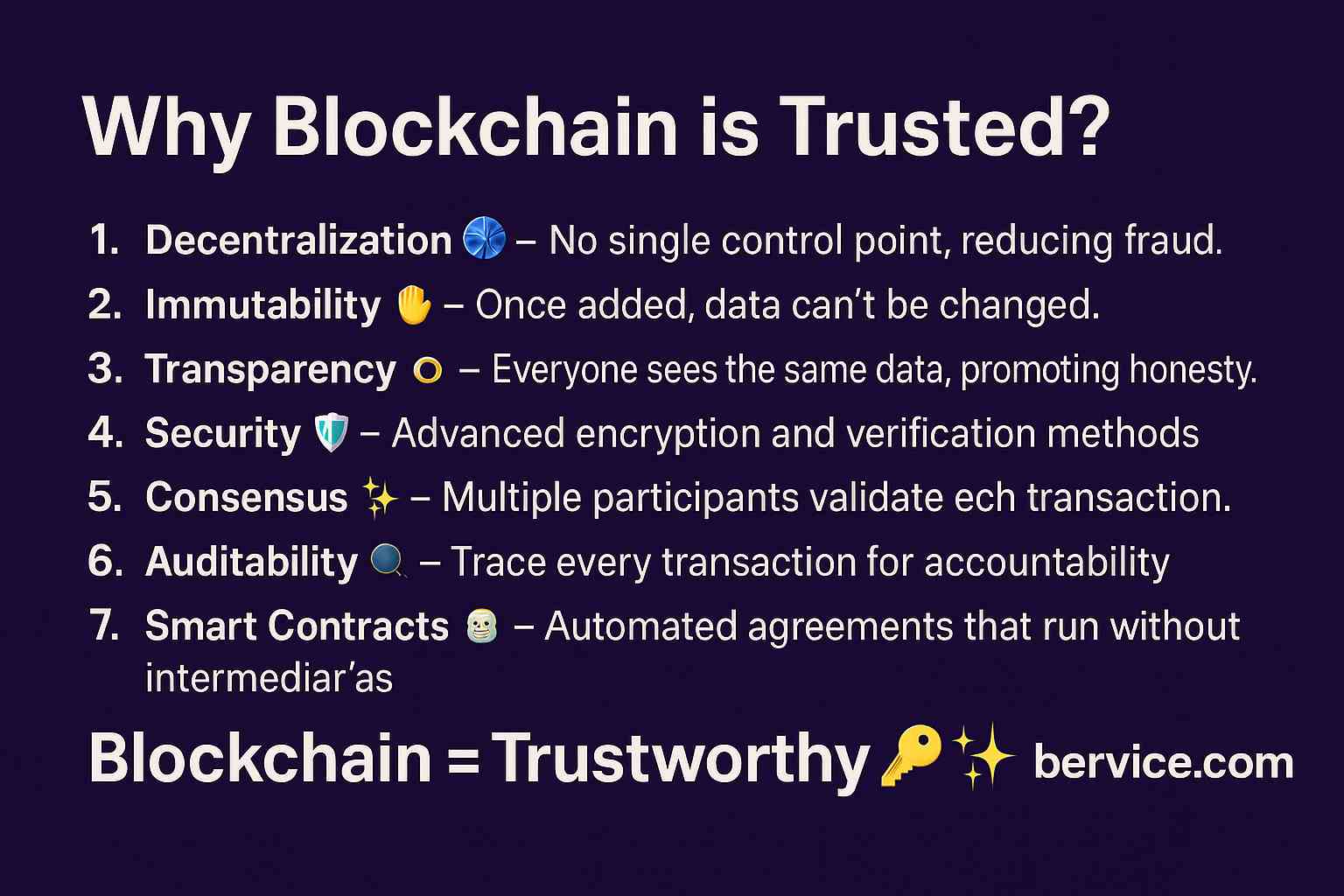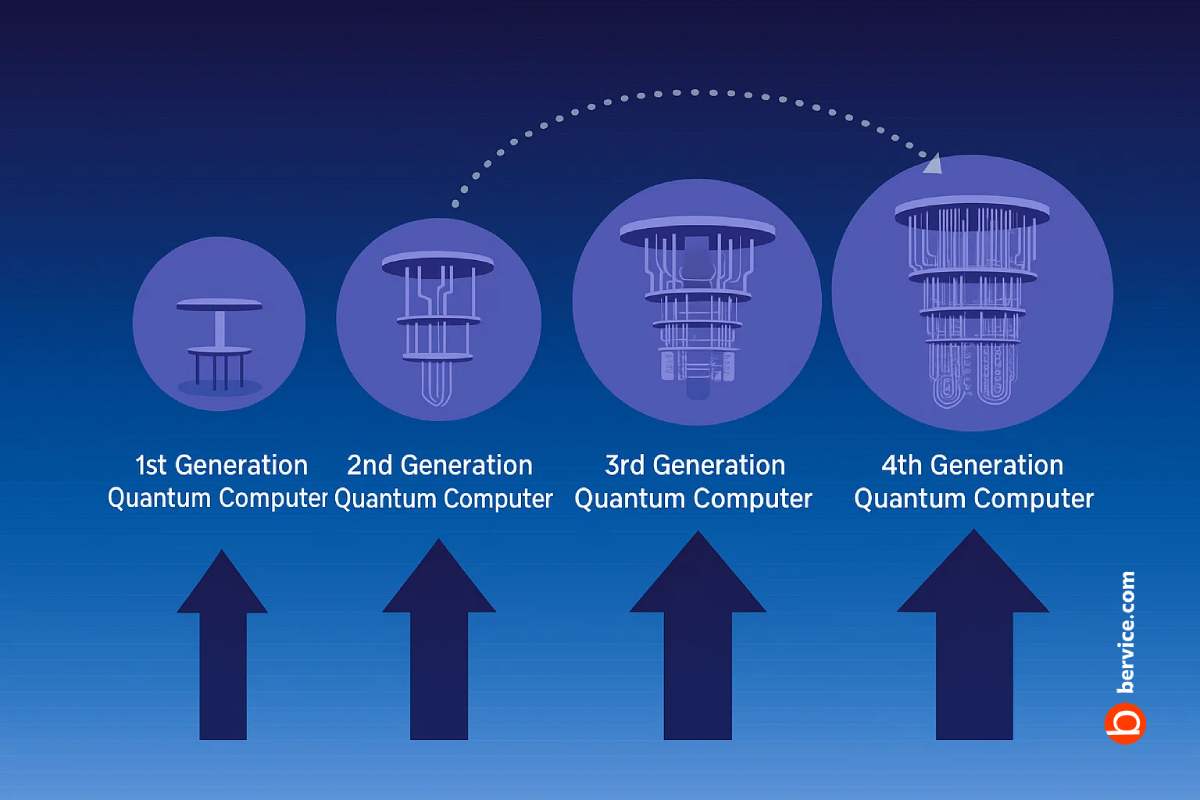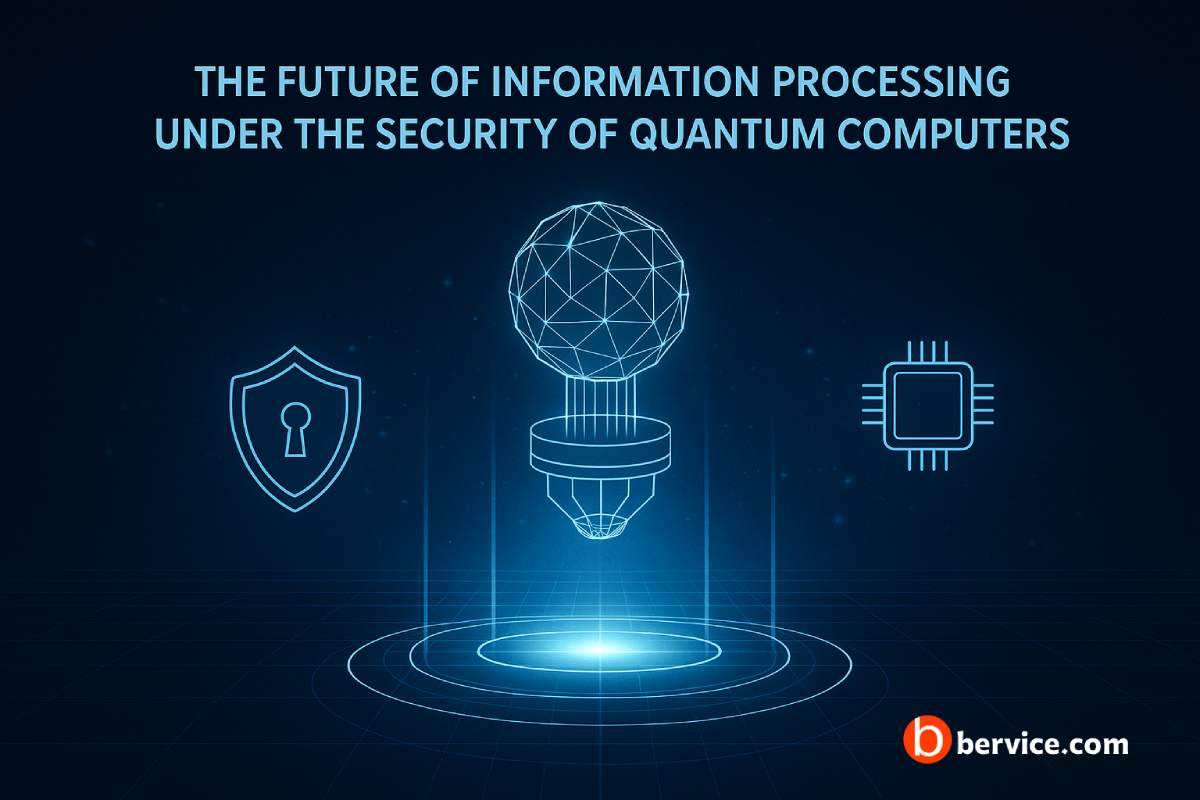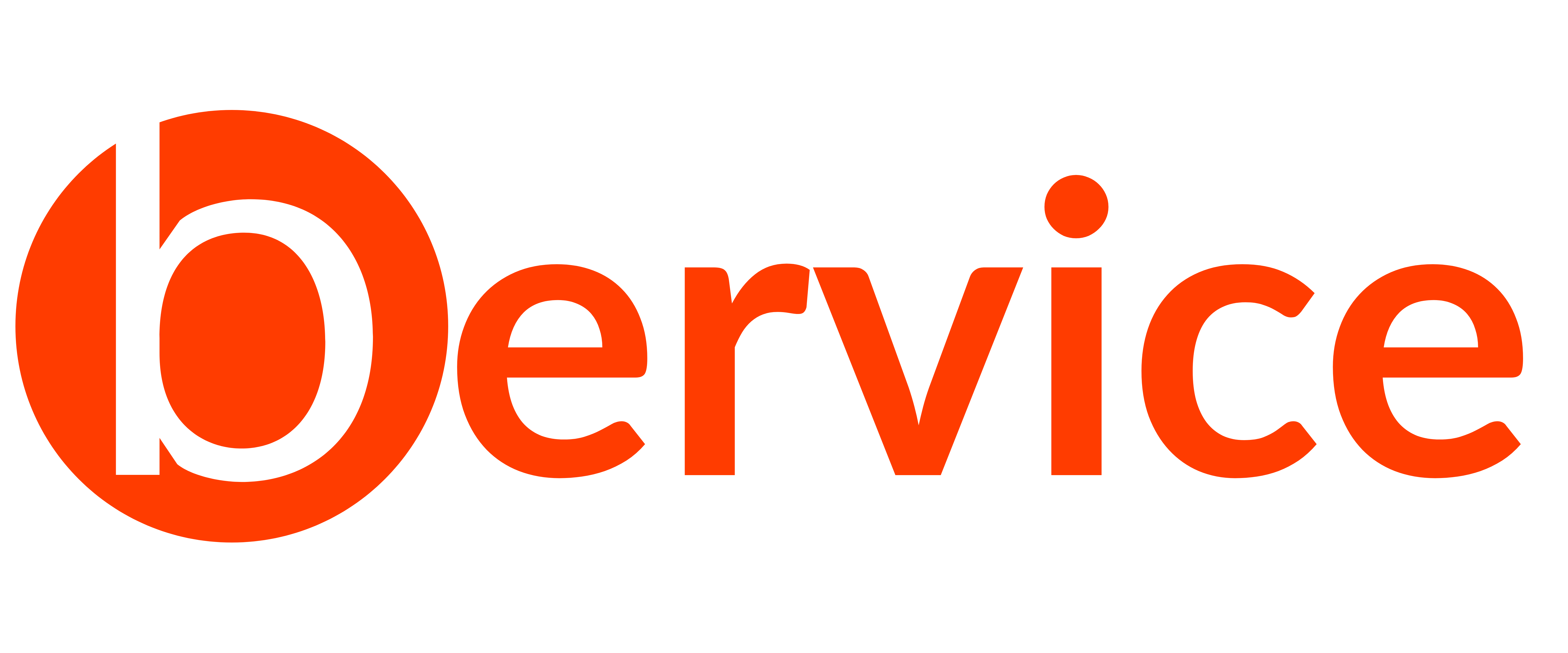
Blockchain technology has gained significant attention in recent years, particularly in areas such as cryptocurrency, supply chain management, and data security. But what makes blockchain technology so trusted, and why has it garnered widespread adoption across various industries? To answer this question, we need to look at the unique features that define blockchain and how these contribute to its reliability.
1. Decentralization
One of the key reasons blockchain is trusted is its decentralized nature. Unlike traditional centralized systems where a single entity controls the data, blockchain operates on a network of computers (nodes) that are distributed across the world. This means that there is no single point of failure, making it extremely difficult for hackers or malicious actors to manipulate the data. In a decentralized system, all participants have equal access to the records, which increases transparency and trust.
2. Immutability
Once data is recorded on a blockchain, it cannot be altered or deleted. This is because each new block in the chain contains a cryptographic hash of the previous block. This makes any changes to a block detectable, as altering one block would change the entire chain. This feature ensures the integrity of the data and prevents fraud or tampering. As a result, blockchain is trusted in applications that require the permanent and secure storage of information, such as financial transactions, medical records, and legal documents.
3. Transparency
Blockchain is often described as a “transparent” ledger because every participant on the network has access to the same data. All transactions are publicly recorded and can be viewed by anyone with the proper permissions. This high level of transparency ensures that all actions are visible and can be audited in real time. Transparency helps to reduce corruption, promote accountability, and build trust among all participants in the system.
4. Security
Security is a cornerstone of blockchain’s trustworthiness. Blockchain uses advanced cryptographic techniques to secure data, ensuring that only authorized parties can access or modify the information. Each transaction is verified by multiple participants (nodes) before it is added to the blockchain, further preventing fraudulent activity. In addition, the decentralized structure of blockchain ensures that there is no single point of vulnerability, making it highly resilient to cyber-attacks.
5. Consensus Mechanisms
Blockchain networks employ consensus mechanisms, such as Proof of Work (PoW) and Proof of Stake (PoS), to validate transactions. These mechanisms require network participants to agree on the validity of transactions before they are recorded on the blockchain. The process is transparent and decentralized, ensuring that no single participant can control the network or manipulate transactions. This collective agreement process strengthens trust and ensures that the data on the blockchain is accurate and legitimate.
6. Auditability and Traceability
Blockchain allows for the traceability of transactions from their origin to the present. This feature is particularly useful in industries such as supply chain management, where it is crucial to track the movement of goods and verify their authenticity. The ability to trace the history of an asset or transaction ensures that participants can verify the legitimacy of the data at any time. This auditability provides an additional layer of trust, particularly in scenarios where transparency and accountability are essential.
7. Smart Contracts
Smart contracts are self-executing contracts with the terms of the agreement directly written into code. They automatically execute and enforce the terms of a contract when certain conditions are met. Smart contracts are immutable, meaning that once they are deployed, they cannot be altered. This feature eliminates the need for intermediaries, such as lawyers or banks, to enforce agreements, reducing costs and increasing efficiency. The automation of processes further increases trust in the system, as participants can be sure that the contract will be executed exactly as agreed.
Conclusion
Blockchain is trusted because of its decentralization, immutability, transparency, security, consensus mechanisms, auditability, and the use of smart contracts. These features ensure that blockchain provides a reliable, tamper-proof, and transparent system for recording and verifying transactions. As industries continue to explore new ways to leverage blockchain technology, its trustworthiness will only continue to grow, revolutionizing the way we conduct business and store data.
Connect with us : https://linktr.ee/bervice





